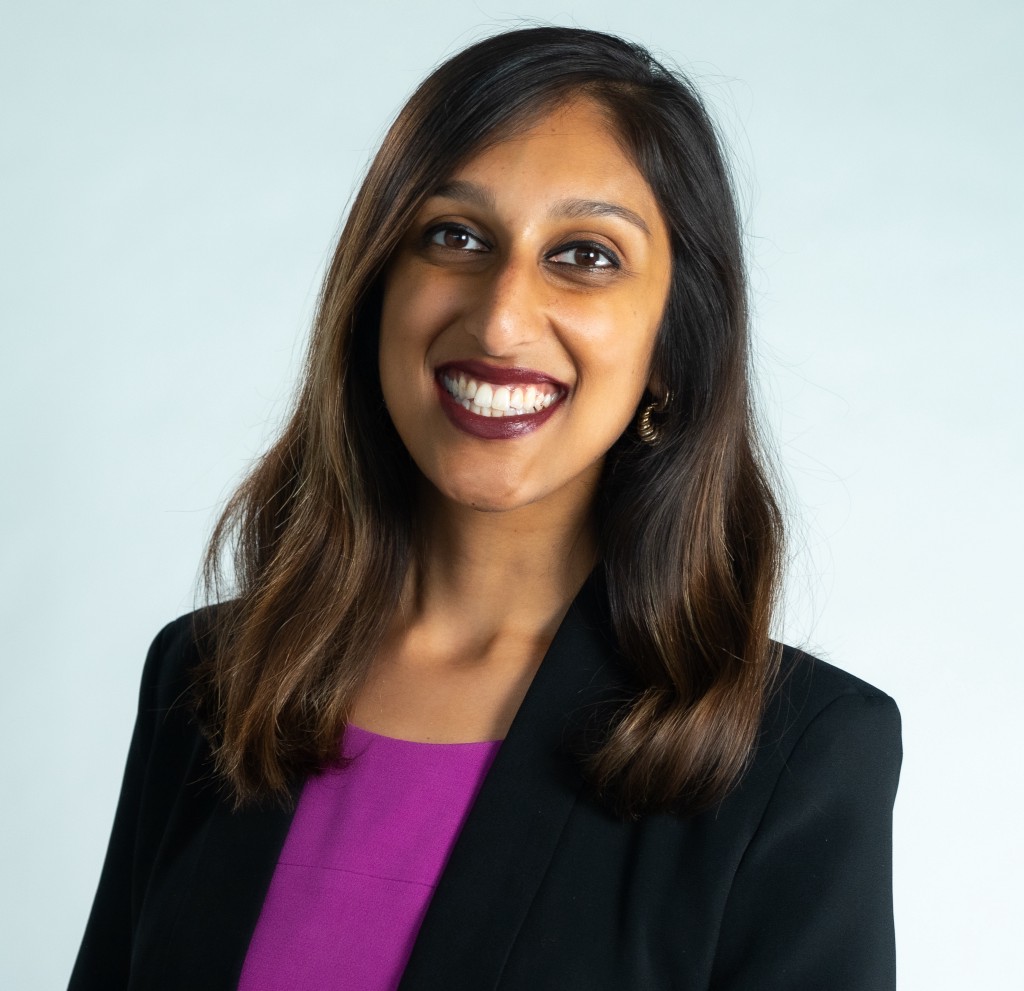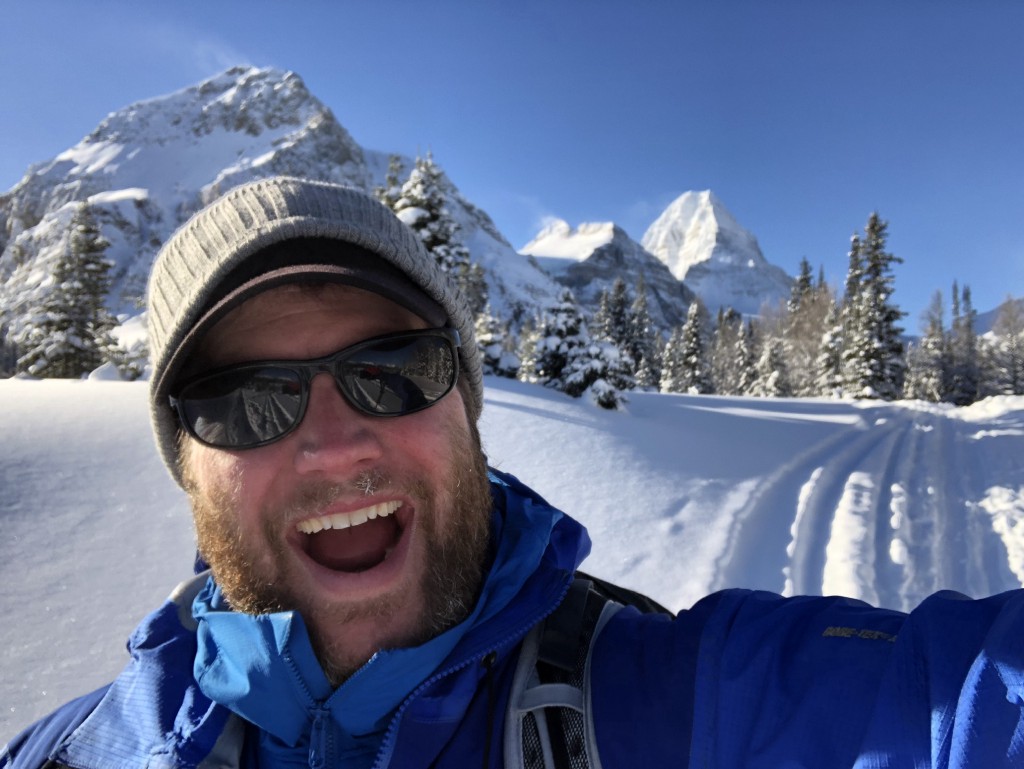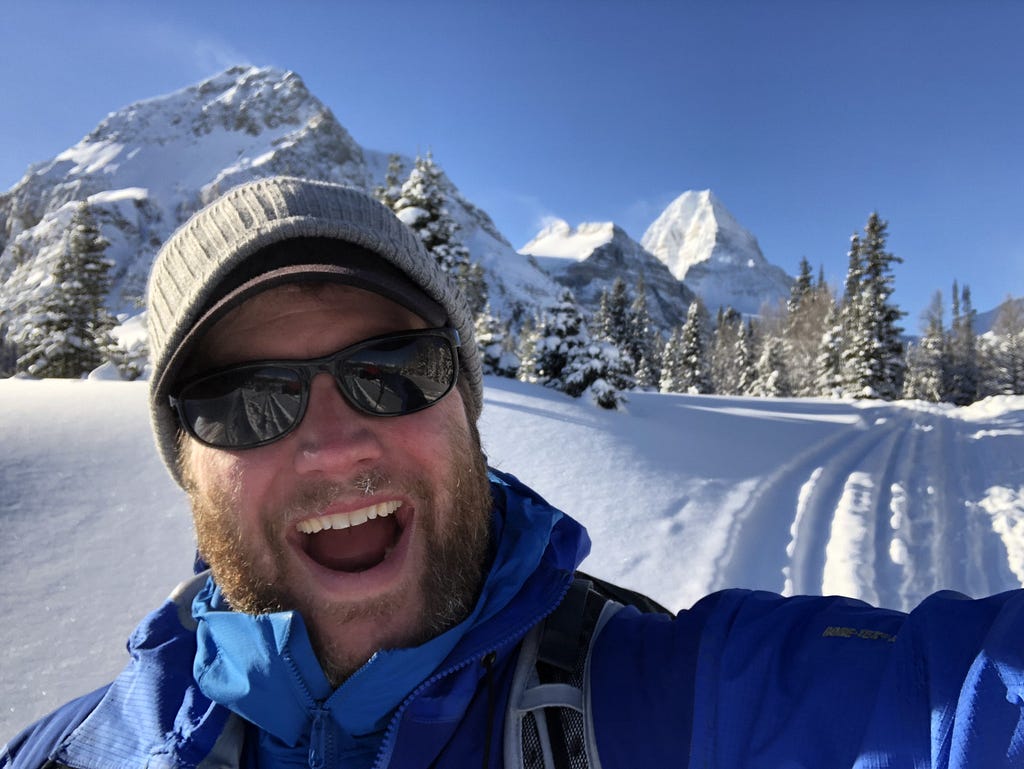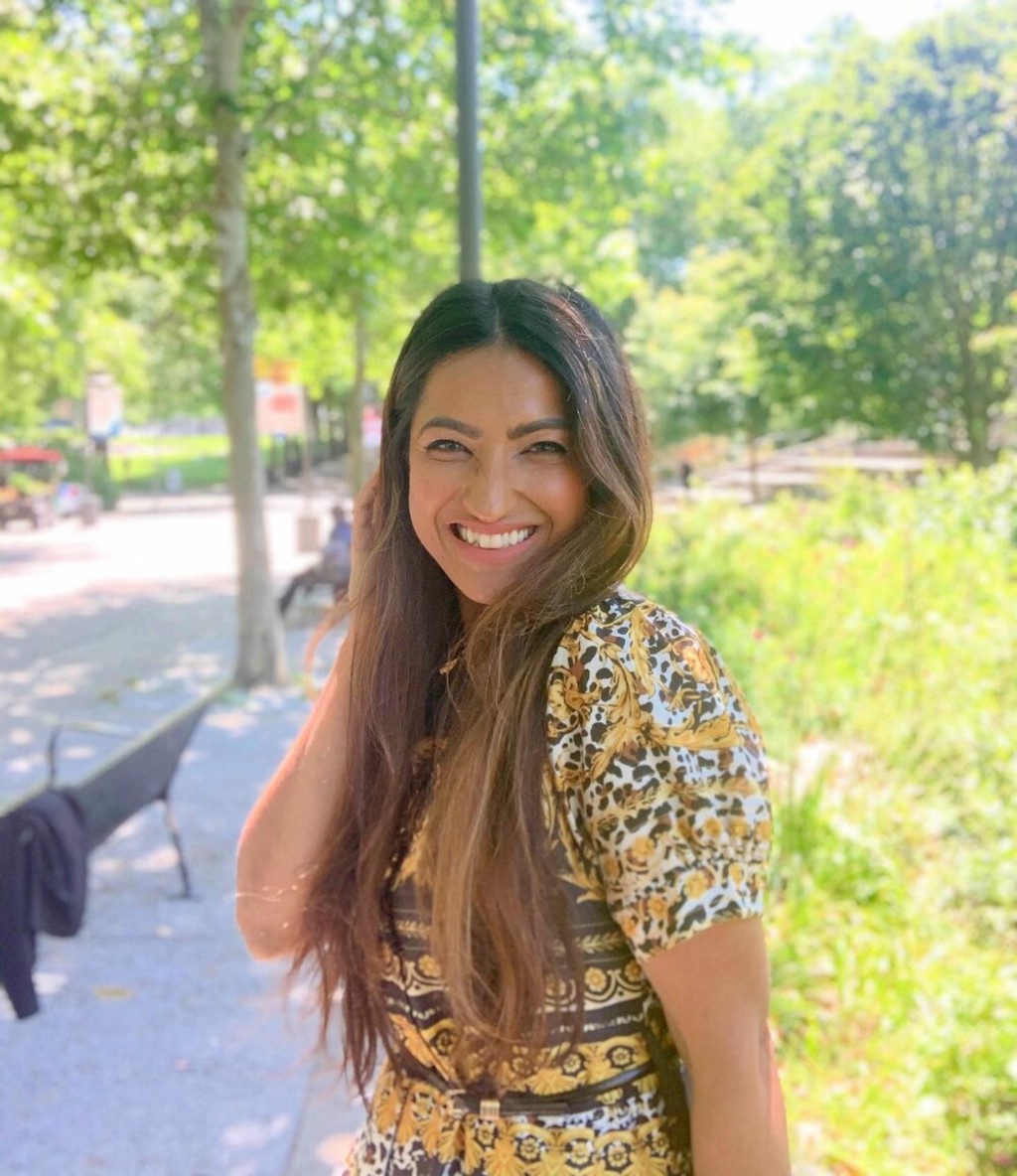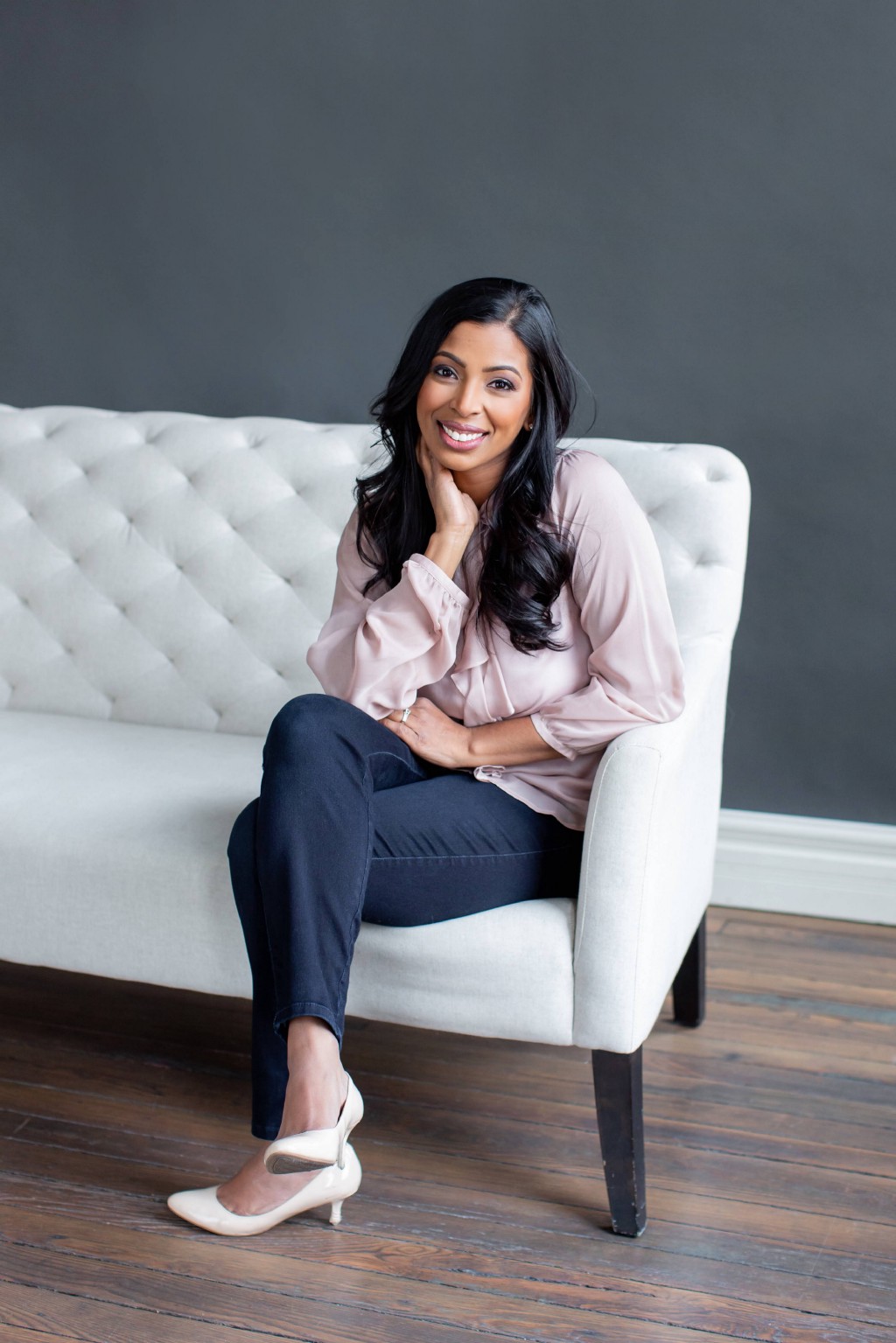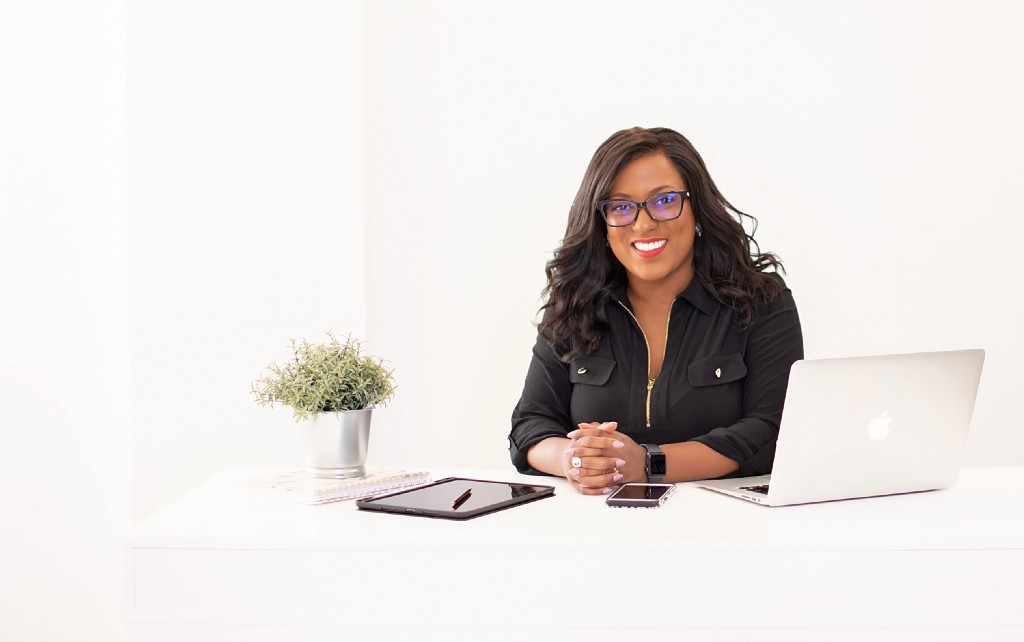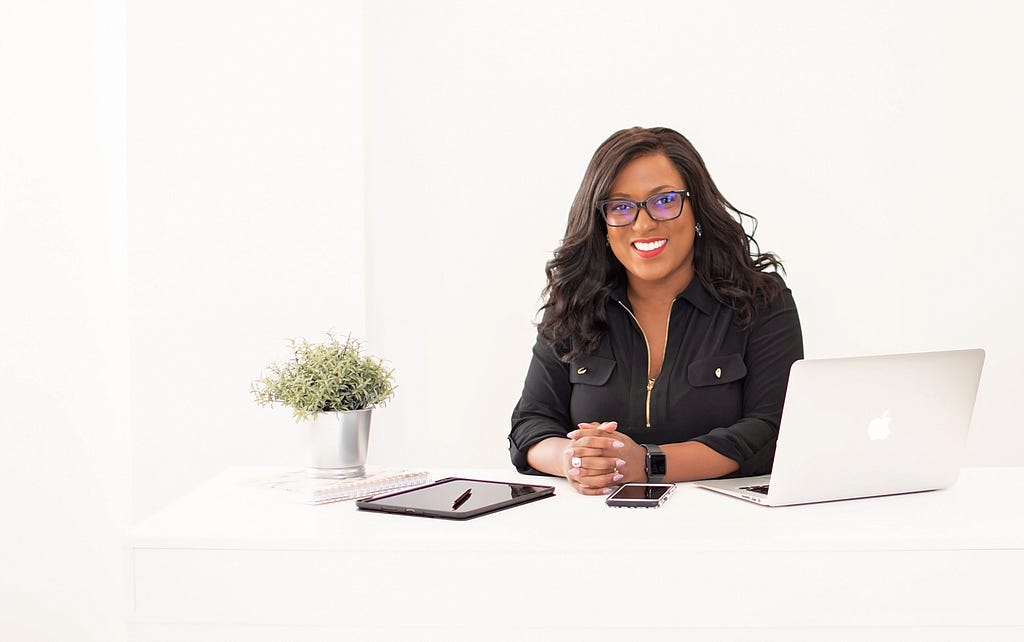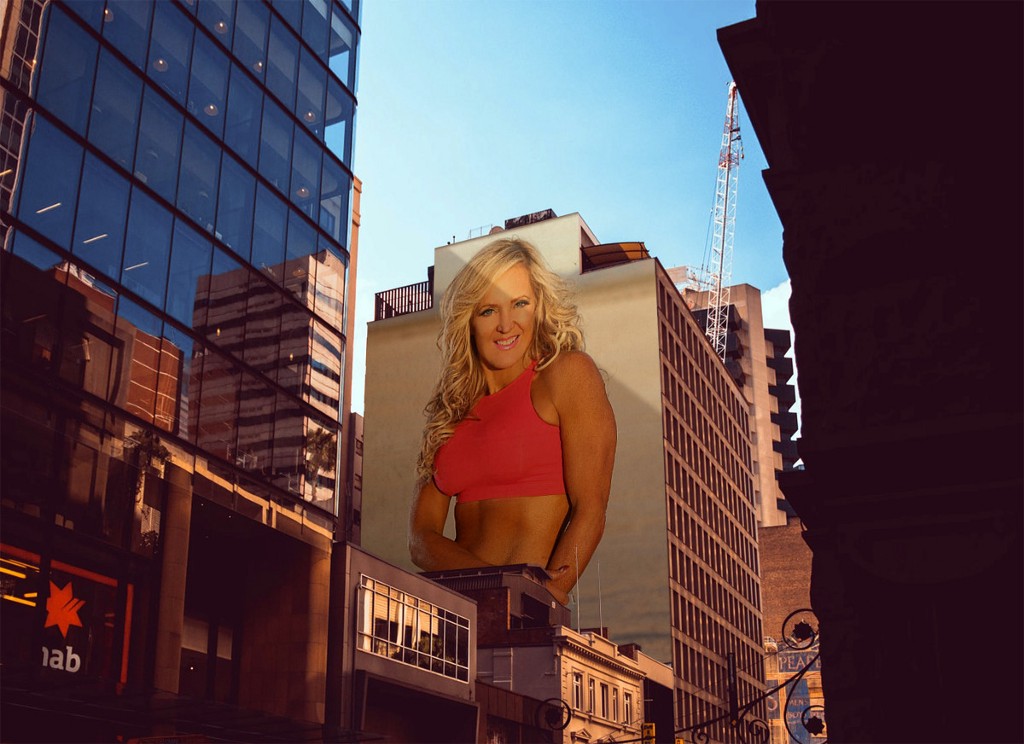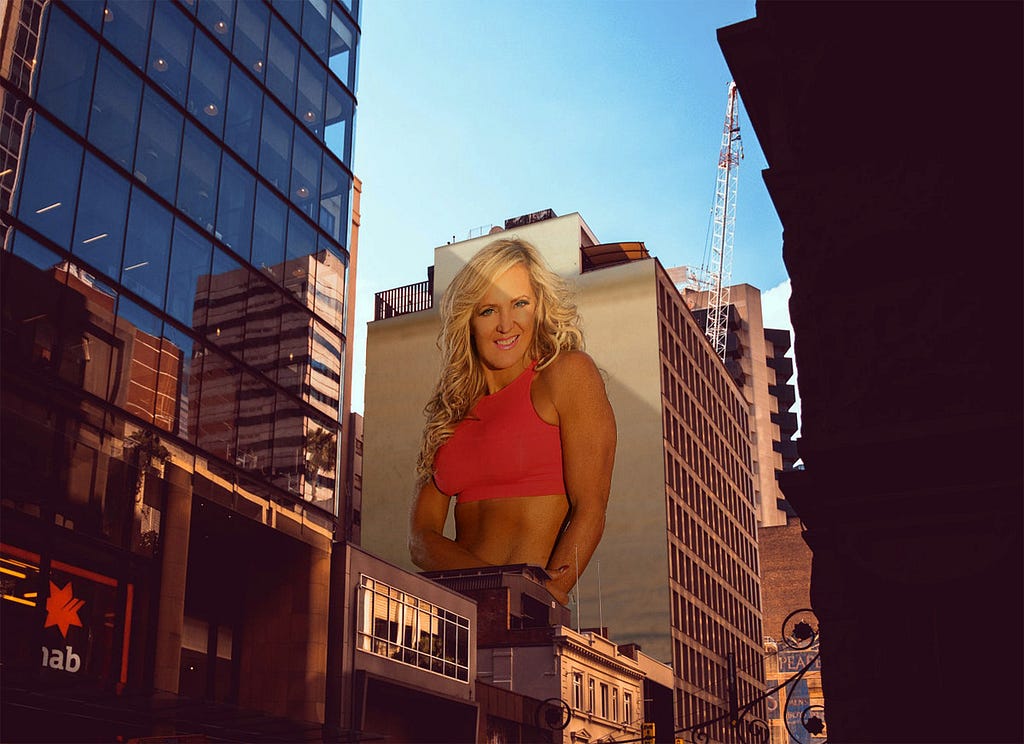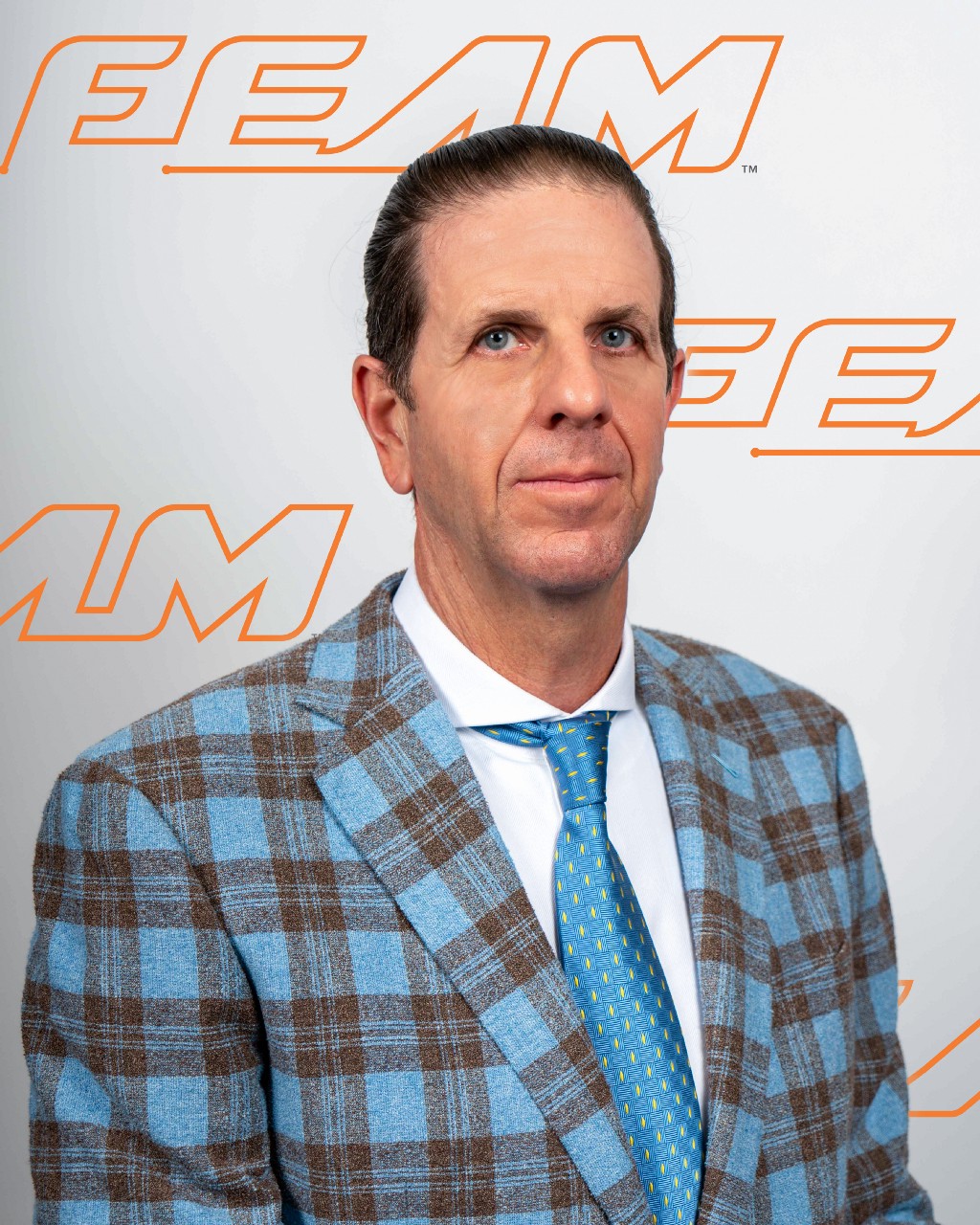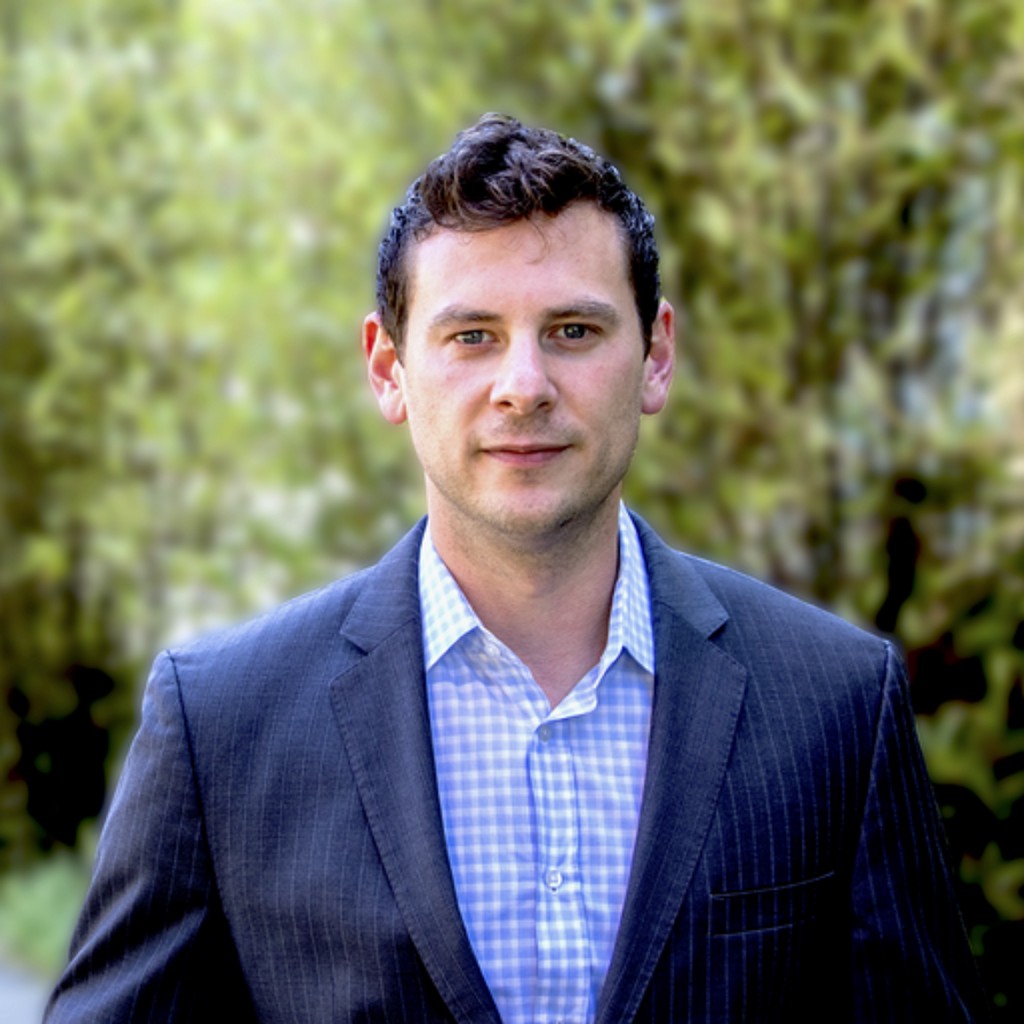Female Disruptors: Dr. Swathi Varanasi of Elēment Apothēc On The Three Things You Need To Shake Up Your Industry
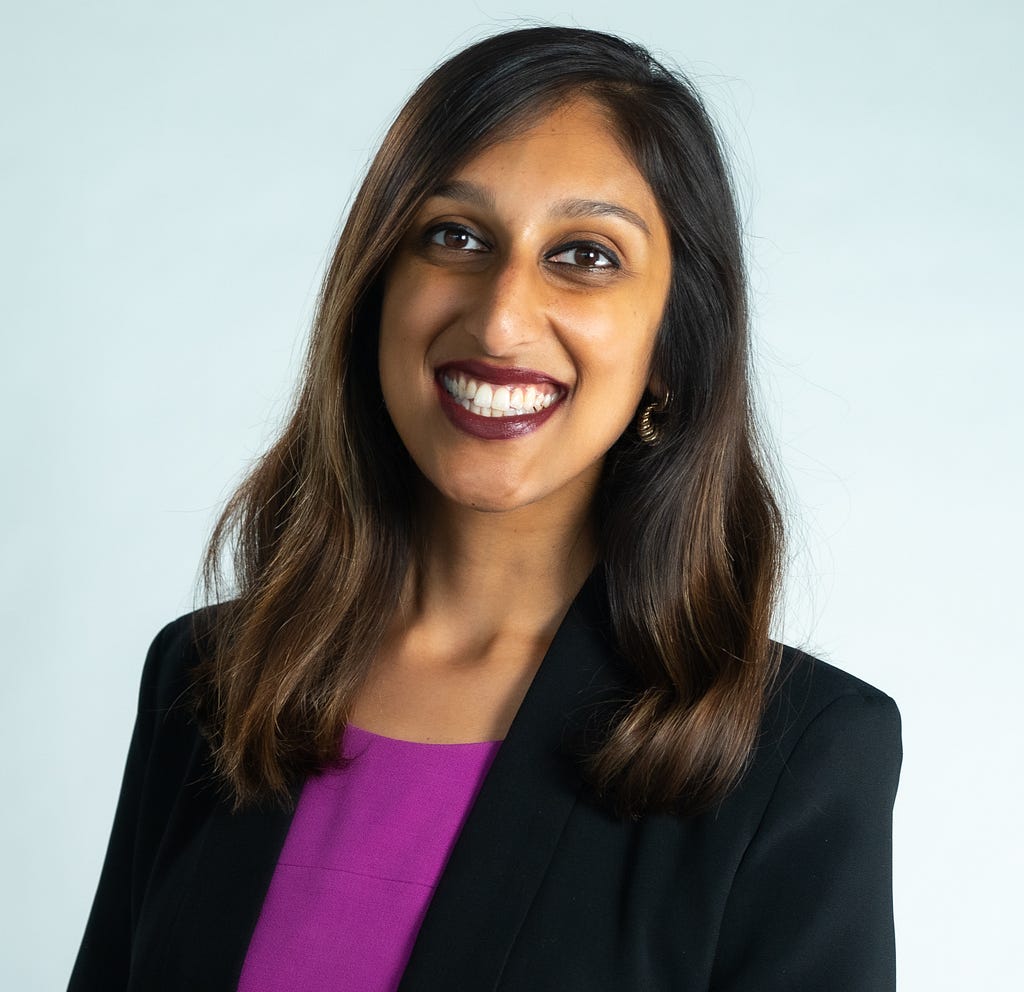
If your dreams don’t scare you, they aren’t big enough.
You may have heard this one before. How big are your dreams? Could they be bigger? The bigger you believe your dreams can be, the bigger the dreams you will achieve. It is still the beginning of the year, so take the time to write down your goals and dreams for 2021. Rip them out of your notebook and post them where you can see them everyday, or, if you are more of a digital person, perhaps make it your phone background. Either way, being reminded of your dreams as often as possible will help keep you on the path to achieve them.. as well as to stop being busy and to be intentional.
As a part of our series about women who are shaking things up in their industry, I had the pleasure of interviewing Dr. Swathi Varanasi.
Dr. Swathi Varanasi, or Dr. Swathi for short, is an award-winning bilingual pharmacist specializing in integrative health and botanical medicine. She is a plant-based wellness expert; a medical consultant for CBD, adaptogen, and health food brands; a published clinical researcher; an advocacy non-profit board of director; a multimedia content contributor; and a matcha enthusiast. Emphasizing an innovative and evidence-based approach, Dr. Swathi is passionate about educating practitioners, students, and patients on natural medicines, and empowering everyone to be the best, most authentic version of themselves.
Thank you so much for doing this with us! Before we dig in, our readers would like to get to know you a bit more. Can you tell us a bit about your “backstory”? What led you to this particular career path?
Absolutely! I was the sort of person who always knew I wanted to be in healthcare, but I did not know what that would look like. Given the family friends I knew who were in pharmacy, I was exposed to such a range and variety of roles in pharmacy that I decided to walk down that path.. To start.
Much of what I have done, much of what I have accomplished, and much of what I have learned comes down to me following my curiosities. I am a naturally curious person, but when I found what excited me or what I wanted to know more about, I jumped the metaphorical fence to completely uncharted territory. This led me to where I am now: forging my own path as an integrative health pharmacist dedicated to making a difference through education. As an educator, I have been lucky to work with a number of brands, including co-founding one — Elēment Apothēc, that are as dedicated as I am to promoting evidence-based information to the conscious consumer. I was recently on a podcast and was asked what my superpower was; without second-guessing, I said communication. Looking back at the experiences that I have had and the things I have done that have brought me the most joy and satisfaction professionally, they have centered around communication — breaking down complicated concepts to easy-to-understand bite-sized bits of information to people to help them on their journey to living their healthiest, most fulfilled lives.
Can you tell our readers what it is about the work you’re doing that’s disruptive?
I am a disruptor. I created my own path in the field of pharmacy into the unknown. Throughout my pharmacy schooling, I was told that I had two set options as a pharmacist after graduation: hospital or retail. Given that neither of those paths spoke to me, I was on the search for something that did. This led me to creating a new niche in pharmacy: integrative health pharmacy. As one of the only pharmacists in the nation with a specialization in integrative health and plant-based wellness, I combine the use of prescription medications with incredible complementary therapies including but not limited to nutrition, physical activity, mindfulness, and adaptogens. Through innovative projects such as co-founding and serving as Chief Scientific Officer of a women- and minority-run, cruelty-free CBD/botanical brand, Elēment Apothēc; we pride ourselves on the importance of transparency and clean science, which is raising the standard in an industry in which that is not standard practice. In addition, as a pharmacist, I am taking on and establishing roles that have not been held by a pharmacist before, such as the Director of Science at an herbal medicine advocacy nonprofit organization. Simply by following my interests, I have been led down exciting paths of disruption at every turn.
Can you share a story about the funniest mistake you made when you were first starting? Can you tell us what lesson you learned from that?
One of the initial mistakes I made in the beginning was believing the dog-eat-dog mentality to be true and assuming that everyone was only out to help themselves. I found, through the wonders of networking, that so many people I had never met were so willing to give advice without an expectation of something in return. It was one of the most humbling things as a new practitioner to realize the innate collaborative nature within the health and wellness community. As an Aries, it is very natural for me to make the first bold move, which, in this case, is to reach out to someone who seemed to have an intriguing role. But, little did I know that so many people would be willing to become unofficial transient mentors to me. This is one of the many reasons why I am passionate about giving back to students and anyone else interested in an unconventional career path; because I would not be here today without the help from so many before me.
We all need a little help along the journey. Who have been some of your mentors? Can you share a story about how they made an impact?
I cannot thank one of my mentors, Dr. Pam Tarlow, enough. Her guidance and support as one of the only integrative health pharmacists for over twenty years has helped propel me to where I am today. We first met during one of my clinical rotations during my Doctor of Pharmacy (PharmD) degree. After four weeks working together as preceptor-student, we decided to transform our relationship to co-founders of the first-ever (and still only!) postdoctoral training program for pharmacists interested in being a part of the integrative and/or botanical space, the PGY1 Integrative Health Pharmacy Residency program. If she had not taken a chance on that one student a few years ago (aka me!), I would not have been able to have the influence or make the impact I have in my short time as a pharmacist.
In today’s parlance, being disruptive is usually a positive adjective. But is disrupting always good? When do we say the converse, that a system or structure has ‘withstood the test of time’? Can you articulate to our readers when disrupting an industry is positive, and when disrupting an industry is ‘not so positive’? Can you share some examples of what you mean?
This is a great question. Change itself and its impact can be highly subjective. I have always thought of this adjective in a positive way as it means that you are surpassing the norm to achieve and/or fill a void. Although there are many things that have stood the test of time and there can be so much value in tradition, there is also a time when we, as a society, should evaluate when it is time to move beyond what is comfortable. The word, disruptive, is an action word; to me, it means something that has gone its course in the comfort of commonplace and it is time for it to be disrupted. In this case, I view words like comfort and commonplace as passive in that when we are in these states, there can be no change.. Without change, there can be no progress, so, in my opinion, disruption is the only solution.
Can you share 3 of the best words of advice you’ve gotten along your journey? Please give a story or example for each.
Stop being busy.
I had to learn this one the hard way. There is such a glamorization of the hustle and of ‘being busy,’ especially in the start-up world. People think that being busy makes them superior to others, but, in reality, being busy does not necessarily mean that you are doing what truly maes you happy, it just means you have a lot to do. This quote from one of my recent reads, and it rings so true: You will never have enough time to do the things that you do not want to do and you will never have enough money for all of the things you do not need to buy. Being busy comes down to time. People are ruled by time when we forget that it is a man-made — or rather, self-made — construct. When you realize that you have control over time and how you spend it, everything changes.
Be intentional.
This statement is two words, but holds so much meaning. So much of our lives can feel like autopilot, just doing whatever ‘should’ be done, but many of us do not sit to think about how we are really spending our time. The ancient philosophy of stoicism talks about making friends with death; by that, it means that if today was your last day, would you have spent it the same way? Not to be morbid, but the stoics had a perspective on death that really puts our daily habits and behaviors into perspective. Marcus Aurelius once said, “It is not death that a man should fear, but rather he should fear never beginning to live.” It is incredible that what these philosophical thought-leaders said in the second century still apply to our lives nearly twenty centuries later.
If your dreams don’t scare you, they aren’t big enough.
You may have heard this one before. How big are your dreams? Could they be bigger? The bigger you believe your dreams can be, the bigger the dreams you will achieve. It is still the beginning of the year, so take the time to write down your goals and dreams for 2021. Rip them out of your notebook and post them where you can see them everyday, or, if you are more of a digital person, perhaps make it your phone background. Either way, being reminded of your dreams as often as possible will help keep you on the path to achieve them.. as well as to stop being busy and to be intentional.
We are sure you aren’t done. How are you going to shake things up next?
You are right! One of the most exciting things I am working on right now is the first-ever online course specifically for consumers on the basics of the endocannabinoid system and cannabis. It is such a new topic for so many and with its swift rise in popularity, people do not know where to look for reliable information. There is such a sea of myths and misinformation on the internet. I aim to be one of the sources of evidence-based, scientific information when it comes to these otherwise complex disease states and systems.
In your opinion, what are the biggest challenges faced by ‘women disruptors’ that aren’t typically faced by their male counterparts?
Women and men in positions of power performing the same tasks are still perceived differently. Why is this? The timeworn relationship between women and men in the workplace, particularly when it comes to innovation and disruption, is nothing short of appalling. This polarizing dynamic hurts the potential of us all working together, regardless of the gender with which we identify. Generalizing all women, or any group for that matter, to be and act a certain way benefits no one. We must look beyond the external appearance to find out more about the person themselves and their special talents; understanding the people with whom we work and with whom spend time is key to everyone operating at their best. Breaking these barriers and providing opportunities to those who may not have received them otherwise is one of my goals as a minority woman disruptor.
Do you have a book/podcast/talk that’s had a deep impact on your thinking? Can you share a story with us?
I am an avid reader and podcast listener, so it is difficult for me to pick only one, but I have to mention The Great Leap by Gay Hendricks. I have two quotes from that book on post-its on my desk. One is, “I commit to living in my Zone of Genius now and forever,” and the other is, “Every time you say an enlightened No to something that does not serve your genius, you build a stronger foundation for yourself in the zone.” Hendricks has an incredible way of distilling so many teachings into concise, thought-provoking phrases. By Zone of Genius, he means living a life that brings out your unique abilities and finding what skills come naturally to you that you thoroughly enjoy doing. What is it that you spend so much time doing, but does not seem like work? In Hinduism, there is a concept called, dharma. This concept and Hendricks are in synergy stating that the goal is to find your life’s purpose. On the road to finding your reason for being on the planet, the concept of ‘the enlightened no’ has forever changed my professional interactions. Before, I would be overly keen to do almost anything that seemed like it could help me progress as a professional; but, I rarely took a second to think about what that would mean for my future. Ask yourself before doing anything personally or professionally: Is this in alignment with my truth? How can I be the best version of myself and serve the world at the same time? That intersection is where you will find your dharma.
You are a person of great influence. If you could inspire a movement that would bring the most amount of good to the most amount of people, what would that be? You never know what your idea can trigger. 🙂
What has been life-changing for me has been spending time with my inner self. I do not want it to come off as woo-woo, but here goes: creating the time to learn more about myself and what I am here to do has been instrumental in my success and in my overall happiness. I cannot underscore the importance of your self-worth. By feeling worthy of success (however you define it), you will achieve more than you think could ever be possible. I would love to inspire a movement that provided everyone a moment to pause to think about who we want to be and how we want to spend our time. Are you really using your unique talents every day? In the future, I hope to see the incorporation of personal development work into our school system, so students do not need to seek external sources to figure this out. We are forever learners in life, but it would be wonderful to have the time built into our schedules (before entering the real world) to delve into the many layers of who we are and what it is we are here to do.
Can you please give us your favorite “Life Lesson Quote”? Can you share how that was relevant to you in your life?
“By creating the world I wish I existed, I am changing the world.” This quote came to me recently and has stuck with me since. It speaks to the power we all have as people. From an astrological perspective, we have officially entered what some are referring to as the Aquarian Age or Aquarian Decade; this means that we are shifting to the Aquarian values of community, collaboration, and collective consciousness. If we each were to harness our own power to be the change we want to see in the world, now more than ever we can work as a collective to create the most peaceful, prosperous world for our generation and generations to come.
How can our readers follow you online?
Please connect with me on LinkedIn and check out my website (https://www.doctorswathi.com/) for news and updates about my upcoming appearances and interviews. Looking forward to e-meeting you soon!
This was very inspiring. Thank you so much for joining us!
Female Disruptors: Dr Swathi Varanasi of Elēment Apothēc On The Three Things You Need To Shake Up Y was originally published in Authority Magazine on Medium, where people are continuing the conversation by highlighting and responding to this story.


